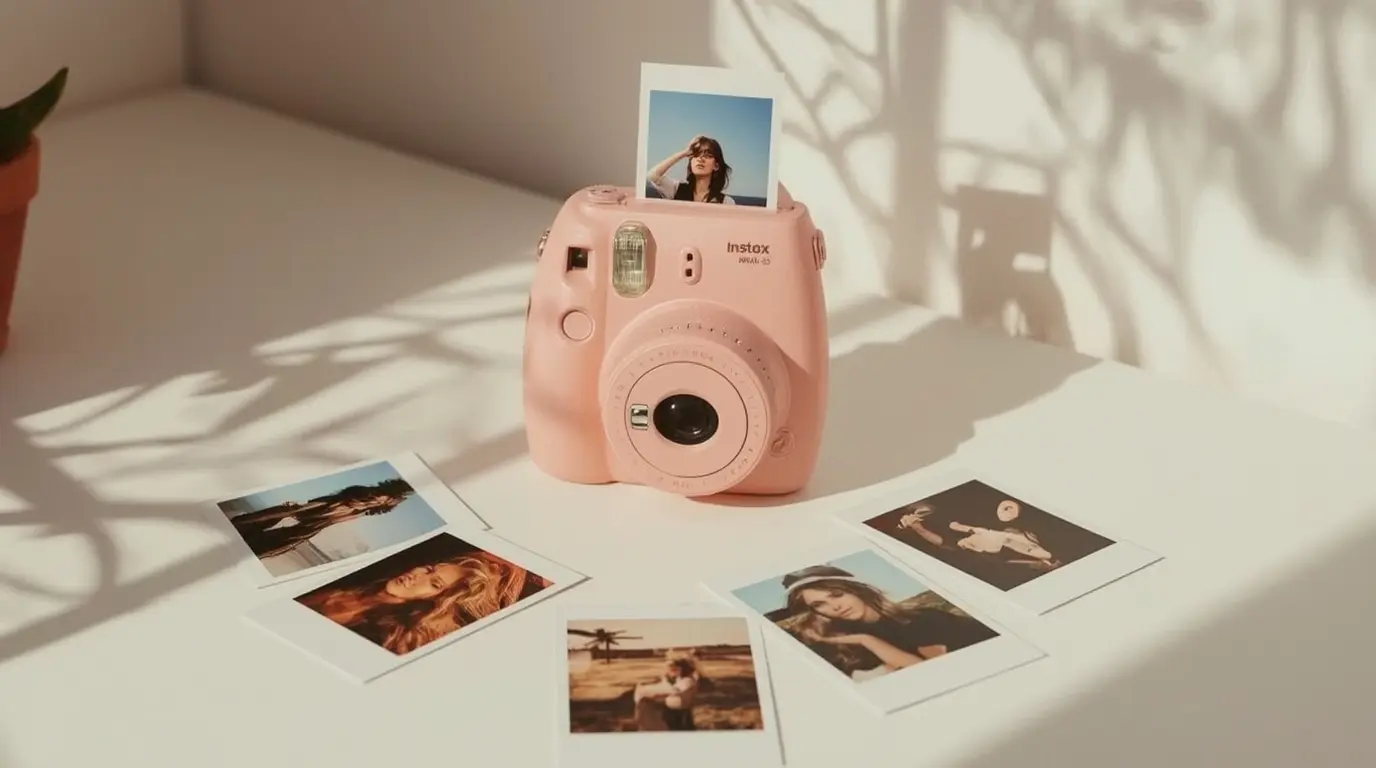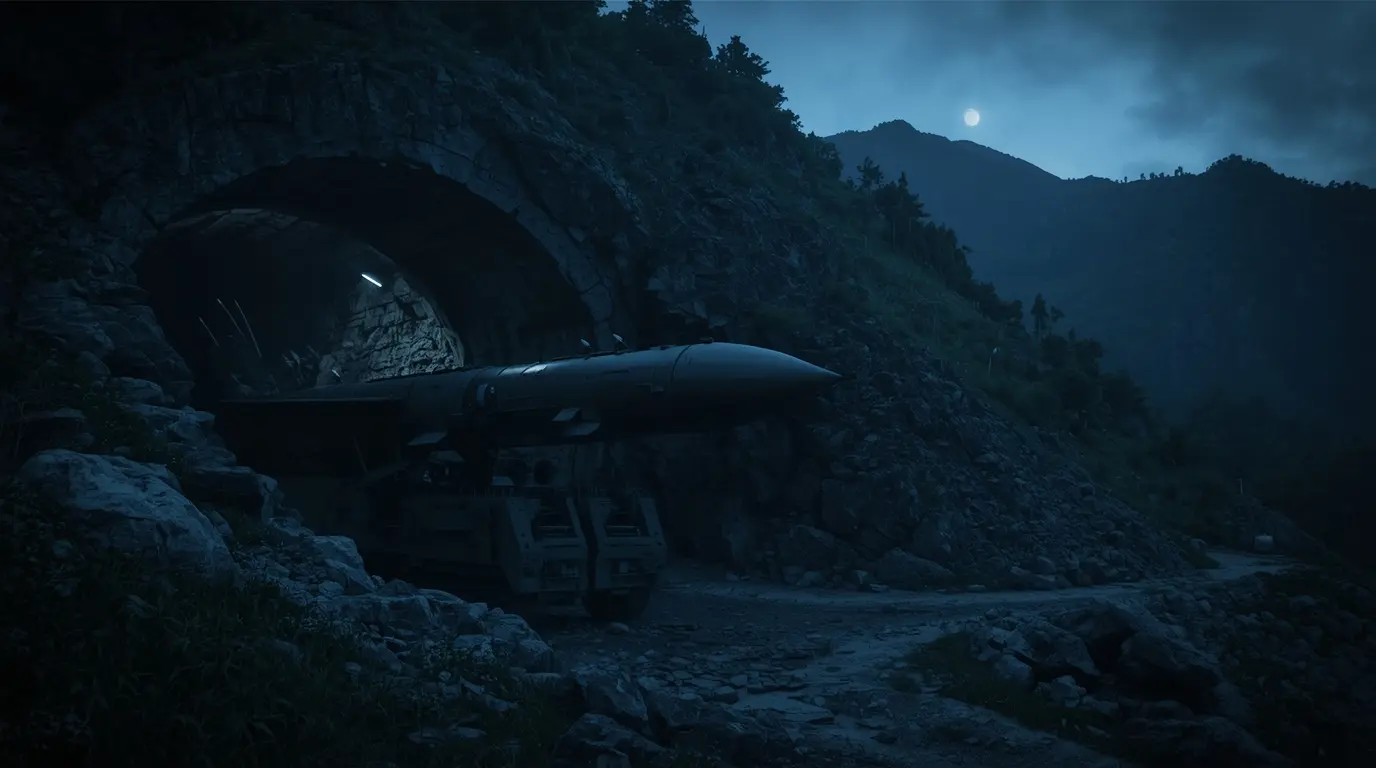The Comeback of Instant Cameras in a Digital Era
While phones keep getting better—some even squeezing 200 megapixels into a pocket—there’s still something magical about the rumbling click of an Instax camera. Watching a square of photo paper slide out of the front oven-like warmth of the Instax camera is more than a mechanical event; it’s the heartbeat of a growing movement that prefers feeling pixels rather than merely swiping them onscreen.
Waving goodbye to another exclusively online memory, we’ve welcomed something we can actually pin to the fridge. And that full of life moment includes the eye-popping fact that Fujifilm’s Instax camera family has zoomed past 100 million cameras sold, even setting yearly high-score records for four straight seasons that nobody’s willing to write off merely as a quirky fad.
Instead of just a cute tour through the past, what’s emerging is a full-scale, engineered resurgence. A stone’s throw from Yokohama’s upbeat bay, dollar signs in the form of billions of yen are now under construction as Fujifilm pours resources into packing larger and quicker factories that need to make instant film at a pace even their engineers are straining to match.
The market is brim-full, yet somehow room appears for more green-paper. Elsewhere, a dollar for a single frame might sound crazy, yet a wave of scans and swipes wider than the Internet’s feels keenly okay paying that if instant, feel-in-hand words of who, what, and when can be tacked, stored in a garage, or handed directly to the I’m-next-in-line at the coffee shop who already deserves a keepsake.
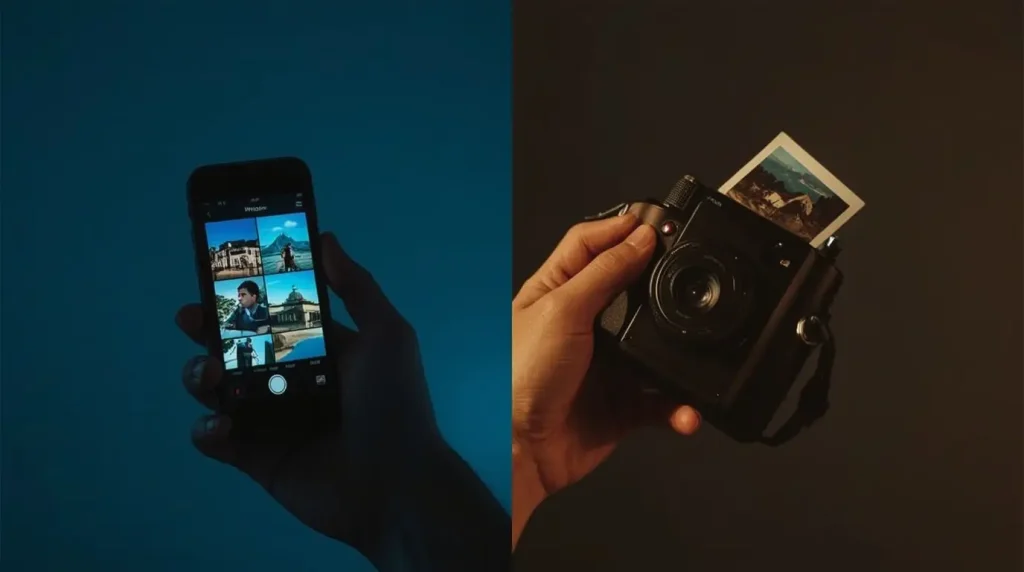
Historical Journey: From Niche Novelty to Mainstream Phenomenon
Fujifilm first dipped its toes into instant photography in 1981 with the Fotorama line. While the models did gain friends in the Japanese market, they hardly made a splash overseas. Fast forward to 1998, the real magic happens with the instax mini 10. The idea arrived after executives noticed the pack-out lines at purikura, the trendy sticker photo booths. To compete, they took the instant thrill from purikura, paired it with the throwaway design of the QuickSnap, and packed the result into a mini, ready-to-share package.
Success, however, is hardly a straight line. The first million instax cameras sold in 2002 seemed to show a bright future, yet a sudden digital flood pulled demand down to just one in ten. The future grew dimmer when ubiquitous smartphone cameras seemed ready to bury the concept. Fujifilm chose a different script: they doubled down on design, marketing, and a splash of nostalgia. The real comeback date was 2012, when the Mini 8 arrived, pitched as “the world’s cutest camera.” The small, colorful machines instantly charmed millennial and Gen-Z shoppers, especially in Asia. From there, the path to absolute pop-culture must-have was set.
The instax camera range expanded right when Polaroid, after two bankruptcy filings, abandoned instant cameras and film in 2008. Spotting the gap, Fujifilm launched its global drive in 2015, essentially becoming the sole big name in budget-friendly instant cameras.
The InstaX Ecosystem: Formats, Features, and Flexibility
The current Instax camera ecosystem packs in more choices than you might expect, so all kinds of photographers can join in. The lineup now goes beyond no-fuss analog cameras, with hybrids that mix digital tech and instant prints. Ongoing Fujifilm updates mean almost every snapper can find an instax that feels made for them.
Instax Camera Film Format Comparison
| Format | Dimensions | Best For | Camera Examples |
|---|---|---|---|
| Mini | 2.1 x 3.4 in | Everyday moments, portability | Instax Mini 90, Instax Mini LiPlay |
| Square | 2.4 x 2.4 in | Creative compositions, Instagram-style | Instax Square SQ6 |
| Wide | 3.9 x 2.4 in | Group photos, landscapes | Instax Wide 400 |
Recently, the “GENTLE ROSE” color option was released for the Instax Mini Evo™ hybrid camera, showing how Fujifilm blends technical fun with good looks. This camera mixes analog with digital features, letting you swipe through shots on an LCD, pick the best to print, or even print photos already on your phone. With ten unique lens effects, ten film styles, and the ability to mix them, you can create 100 different looks. All this comes with the classic, retro feel that Instax fans love.
But the Instax family isn’t limited to cameras anymore. Standalone printers like the Instax Mini Link series let you print directly from your phone. The newest updates added favorites like “instax AiR Studio™” and “Click to Collage” to older models, showing Fujifilm’s dedication to keeping older gear fresh and fun while still introducing new features.
Cultural Phenomenon: Why Instax Resonates in the Digital Age
The surging popularity of the Instax camera completely puzzles Ryuichiro Takai. He’s the guy at Fujifilm who oversees consumer images, and he calls what’s behind this craze “completely contrary” to today’s super-clean and super-efficient digital photography. Takai describes the irony, explaining, “To someone who thinks digital cameras are the norm, this ‘backward thing’—instant film—turns into a fresh kind of play.” Camera users now stumble on a format many kids today see as strange and magical.
Age group differences line up as a key reason this trend appears. Jaron Schneider, the head of content at the photography site PetaPixel, puts it like this: “Gen Z and Gen Alpha feel they missed that old-school warmth of nostalgia the millennials flaunt. They want happy memories from a time that, in their lives, already feels too screen-dominated.” Hunting for something to touch and keep, kids head towards film, stickers, even VHS. Anything that pulls them from a life where everything appears in crisp, clickable boxes.
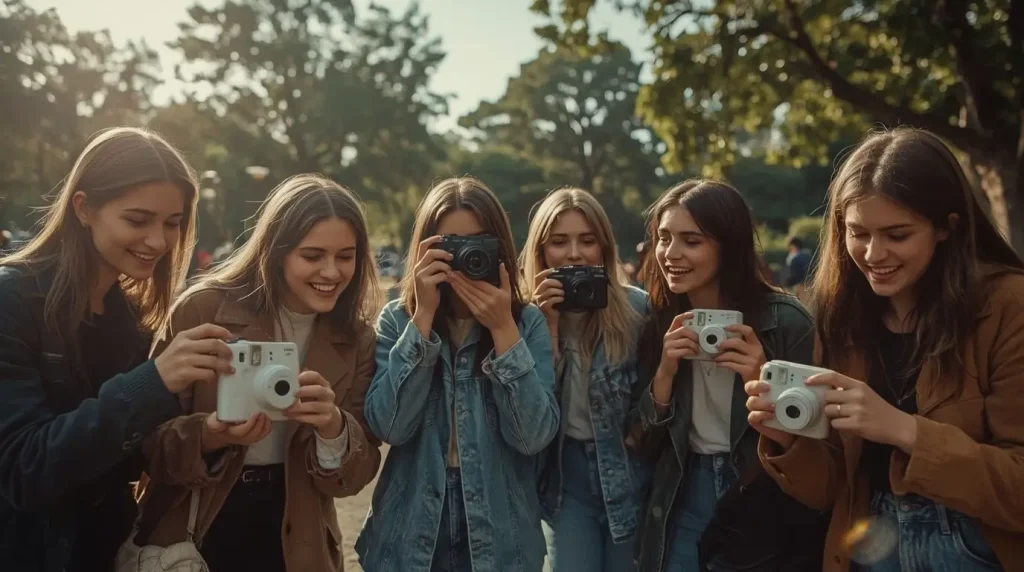
Similar feelings come through when you chat with Tokyo videographer Daishi Kusunoki. He picked up an Instax camera to log business trips and weekend getaways. “When I shoot with it, I feel like I’m pulling an image from the past. Each frame costs money, so I’m deliberate. I stand still and scout the light, the shadows, the crop. It’s like a nagging whisper to look deeper. Those little rules bother me a bit, but that’s the point. By working inside those limits, I learn. I meet the photo halfway, and it gets to keep the rough edges that make it mine.”
The Psychology of Tangibility: Why Physical Matters
The truth, it seems, is that humans crave something they can hold when so much of life is bytes and pixels. Research from Fujifilm backs this up: when you pause before shooting, plan the composition, and then drop the developed picture in your hand, the whole process bites the brain and bites it slowly, tastefully, and memorably.
The camera spares you the infinite scroll and brings you the actual scroll. “Our customers often tell us that they love being able to touch their memories,” Takai adds, with a smile strong enough to be heard over coffee cups clicking in the background. It’s a simple statement, but it cuts through the noise and sits quietly on the desk in front of you.
The physical beauty of a printed photo makes it easy to feel a memory again. A photographer friend once summed it up perfectly: “Instant photos fit in your hand—you can hand one to a friend in a second. It’s quick to pop one on the fridge or the wall, so a little moment keeps waving at you. On pixels, the gesture is cold. Those live on a drive, and the drive bricked last time I upgraded my laptop. A printed photo, though, is paper and memory. It wants to be in the real world so it can last forever alongside you.”
In a similar way, the Instax camera rewrites the rules of taking a picture without the rules being you. One photo costs a dollar, and there’s no way to swipe or tap it away. That tiny bill and the one-shot limit trim away extra pixels and let the mind stretch. Instead of holding the button until the memory card wheezes, you think, you compose, and you live with the one tiny hole in the photo.
It asks you to think like an artist—frame it, own the blur, feel the overexposure—before the paper pops out. Afterward, the little card settles on the cluttered countertop like a feeling too real to look at twice, reminding you how much you are really seeing once you stop letting the camera guess the same.
Marketing Genius: When Instax Cameras Become Culture
Fujifilm’s pitch for its instax camera lineup is a work of street-smart genius. Instead of shouting into the void, the brand slips into the lives of various youth cultures via partnerships that feel almost natural. We’ve seen it team up with Taylor Swift, BTS, Universal Studios, and Pixar for one-off designs, then jump to breakdance leagues and runway shows. There’s even a hangout in Final Fantasy XIV, where players snap faux instax snaps right within the game.
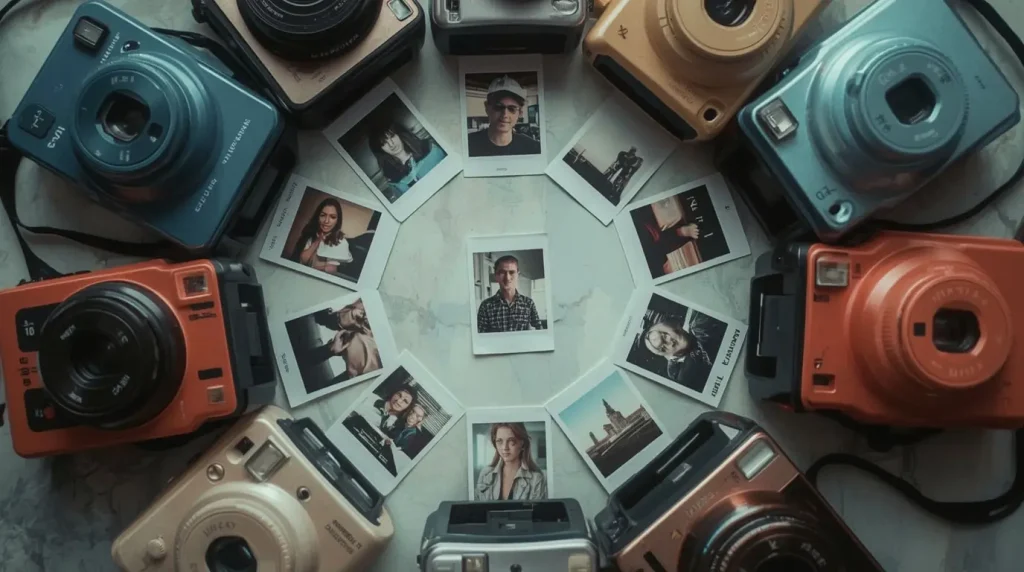
Each of these moves re-casts the camera. It’s not a simple gadget anymore; it’s a lifestyle badge, a piece of the conversation. When your favorite artist or film brand brandishes the camera, it skips the gadget aisle and lands right in the scene. The Instax camera no longer just clicks; it shouts “This is me, and I’m keeping it real in a timeline full of pixels.” Outside a style, it gains a stamp of analog authenticity that feels precious.
Link all these threads—physical camera, in-game filter, festival pop-up—and you get a self-fueling hype machine. Someone spots the instant film in a “best-dressed” recap, then 20 TikTok filters drop it into history, and the desire loops backward into the real aisles. Sales aren’t just growing; they’re spreading like the four corners of a freshly pulled polaroid.
Looking Ahead: The Future of Instant Photography
Heading deeper into the 2020s, Fujifilm’s Instax camera system keeps moving forward. The mini Evo, a hybrid model, shows the company’s plan to connect the analog and digital worlds. This camera gives you the joy of a real print, yet it also has smart features: you can preview shots, choose which to print, and link to your smartphone. It’s a bit of both worlds, made for the way we actually use tech today.
Rather than turning away from digital, people want to touch it, to live it. The Instax camera line lets you grab a moment on a digital card, then print only the ones that matter—perfect when our attention feels thin. It’s a smart way to marry the swipe to the snapshot and make the moment real in an age of constant scrolling.
Even with Polaroid coming back strong starting in 2020, Fujifilm keeps pulling ahead. The company has played the long game, and the blueprint keeps working. As Schneider points out, “They’re trying to recapture that Fujifilm magic, but the bottle doesn’t just refill itself.” The instax brand is still the name that everyone talks about when instant creativity is the goal.
Conclusion: More Than Just a Camera
The runaway popularity of the instax camera is no simple trend; it is a reflection of how we are quietly rewriting our contract with technology. Buried under layers of perfect filters and endless scrolls, a quick, tangible snapshot feels like a radical proposal. Instead of endless options on a screen, instax hands over a glossy little keepsake worthy of celebration—right now, paper and all.
Every Instax camera moment speaks to a form of creativity that is both calm and alive, a connection that reaches beyond avatars to real friends and actual mementos. As Takai put it so clearly, the charm is reactionary: “In the digital era, we hear, ‘Why the love for Instax camera?’ Our answer: it goes against time.” The slower, the focused, the photographed—these ideas feel almost rebellious when swipes are so of-the-moment.
Choosing Instax camera is like joining a quiet movement. New eyes discover it in Japan, Brazil, Finland, and the magic is the same: one photo is handed over, the moment feels richer, the paper feels real. These little cards are not extra baggage; they are the definition of souvenir. An image on paper carries volume, a quiet soundtrack, layers of unshared giggles. In our wake of ultra-updated pixels, even the whirr of the camera still feels like a one-in-a-million jackpot, making us keep the joy even when the screen is off. The soundtrack plays on, and who really wants it to stop.
If you’re thinking about hopping on the instant-camera bandwagon, now’s your moment. The latest Instax camera line has every option you could want. Classic models let purists keep things old-school, while the hybrid versions add digital twists for anyone who craves the best of both realms. No matter your style of shooting, you’ll love the simple thrill of seeing your photo go from nothing to finished picture right on your fingertips.
Source: https://edition.cnn.com/world/asia/fujifilm-instax-popularity-spc
For more incredible stories of everyday news, return to our homepage.


